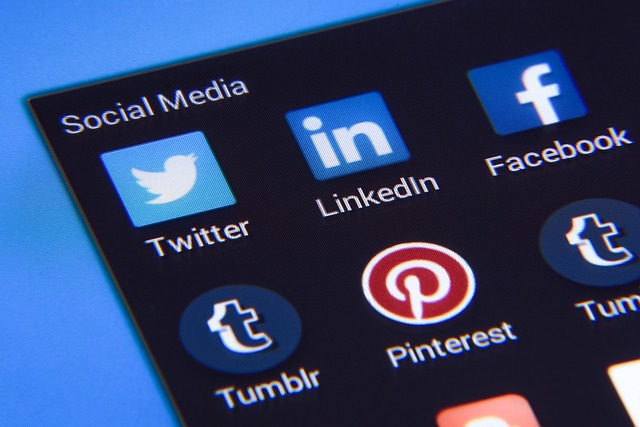This month marks the 10th anniversary of Vine, the short-lived video-sharing app beloved by its devoted user base. The app, initially released in January 2013 as a Vine-branded stand-alone app later acquired by Twitter, was designed for 15-second looping videos and quickly gained traction among its young fanbase. Creators on the platform pushed their creativity to their limits to tell stories in such restricted time frames, from sketch comedy to art and storytelling, and in the process, spawned a new wave of social media stars.
Tragically, Vine was shut down just four years after its launch, unable to keep up with the competition posed by more popular rivals like Instagram, Snapchat and TikTok. But despite its demise, Vine still remains as an important player in the history of social media, and continues to live through its legacy.
Recently, Twitter announced their interest in bringing Vine back in some capacity; CEO Jack Dorsey said “Vine was an amazing culture and platform and that’s something we absolutely want to get back”. This is an exciting prospect for fans of the original app, who have longed to see it return since its cancellation in 2017.
There are a few reasons why Twitter might be interested in resurrecting Vine. On the business side, Vine’s niche format was designed for short-form content, the same type of entertainment that is seen on TikTok, the current frontrunner in the social media race. Bringing Vine back is an opportunity for Twitter to capitalize on this popular format.
The second reason is rooted in Twitter’s brand identity and its attempt to create a safe and healthy community on its platform; although Twitter is known to allow freedom of expression, recent changes to its policies have been made to limit trolling, hate speech and other forms of malicious content. As an acquired app, Vine will serve as a platform for users to engage with entertaining content while Twitter is able to maintain its policy of staying true to its values.
Finally, Vine’s resurrection could mean a major platform for social media’s “creators” – influencers, digital artists, comedians and more. Vine’s focus on creativity provided a foundation for its platform, and many of its early adopters continue to thrive in opportunities that were available from their involvement in the community. Bringing Vine back could be a way for Twitter to support those creators and invigorate the inspired legacy that Vine left behind.
Although the future of Vine’s return is still unclear, its legacy has not gone unnoticed. Ten years after its initial launch, Vine continues to be remembered and cherished amongst its fans and spectators – and maybe, just maybe, Twitter will bring it back to life once again.
Hey Subscribe to our newsletter for more articles like this directly to your email.
